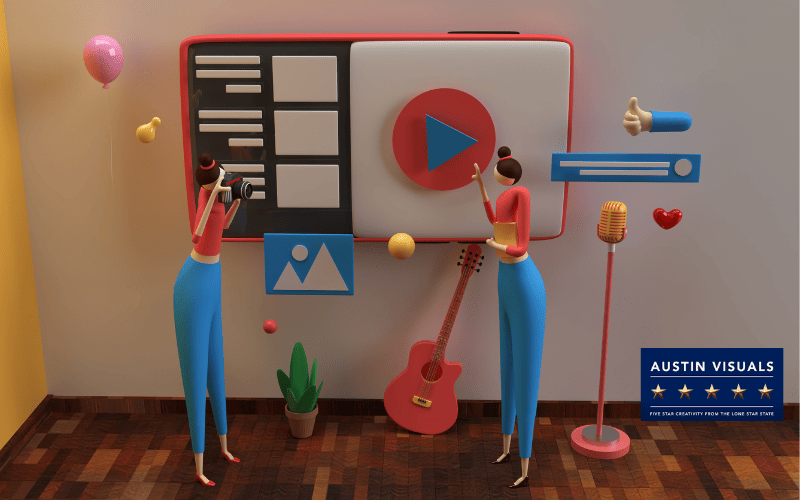
How to Create a 3D Animated Music Video
Animated music videos (AMVs) have gained significant popularity, captivating audiences with their visually striking appeal. In this guide, we will provide a step-by-step approach to creating a mesmerizing 3D animated music video. We will delve into the processes of conceptualization, storyboarding, character design, and animation, ensuring a comprehensive understanding of each stage.
Conceptualization:
Animated music videos offer a creative outlet to promote individual tracks or entire albums. Depending on the desired outcome, various techniques can be employed, ranging from computer software programs to hand-drawing or pixel art. These videos serve as captivating mediums that capture the attention of artists and viewers alike.
Storyboarding:
To bring your 3D animated music video to life, storyboarding plays a pivotal role. Whether hand-drawn or created using software, storyboards consist of sketches or diagrams outlining each scene of the video. These visual guides maintain production schedules and prevent costly errors. Moreover, they foster effective collaboration among team members, including voice actors, motion capture artists, level designers, and music composers.
Character Design:
Utilizing 3D animation techniques allows artists to design characters that seamlessly blend into the video’s visual landscape. Character design in 3D animation requires meticulous attention to detail, typically taking 1-3 days to complete. By immersing themselves in the artist’s style and persona, designers can capture unique movements and interactions, thereby enhancing the video’s overall impact.
Animation:
Once the story and script are finalized, the animation process commences. Animators carefully sketch out the visual components scene-by-scene, providing precise instructions and blueprints for the production team. The selection of music is paramount in setting the desired mood and effectively conveying the message. Ensuring seamless synchronization between the animation and sound is crucial for a cohesive and immersive viewing experience.
Exploring Animation Styles:
Within the realm of 3D animation, artists have a vast array of styles to choose from when creating music videos. Whether opting for vibrant and cartoony visuals or embracing hand-drawn or lo-fi aesthetics, the possibilities are boundless. Through these various animation styles, artists can breathe life into their vision, captivating and engaging their fans. Taylor Swift’s “Look What You Made Me Do” serves as a testament to the successful fusion of children’s cartoon animation and live-action footage, even on a limited budget.
Cost Considerations:
The cost of producing an animated music video depends on its complexity and scope. However, animation often proves to be a more cost-effective option compared to traditional video production, especially for shorter videos. By engaging in careful planning, resource allocation, and collaboration within the production team, it is possible to optimize the budget without compromising the final product’s quality.
Conclusion:
Creating a 3D animated music video involves a meticulous process encompassing conceptualization, storyboarding, character design, and animation. By following these steps and exploring a range of animation styles, artists can bring their music to life in visually captivating ways, providing audiences with an immersive and unforgettable experience. So, gather your team, unleash your creativity, and embark on the journey of crafting a remarkable 3D animated music video.
Ready to bring your animation, video, or graphics project to life? Contact the experts at Austin Visuals. Reach us via email at [email protected] or give us a call at 1-512-591-8024. Let’s turn your vision into reality!




